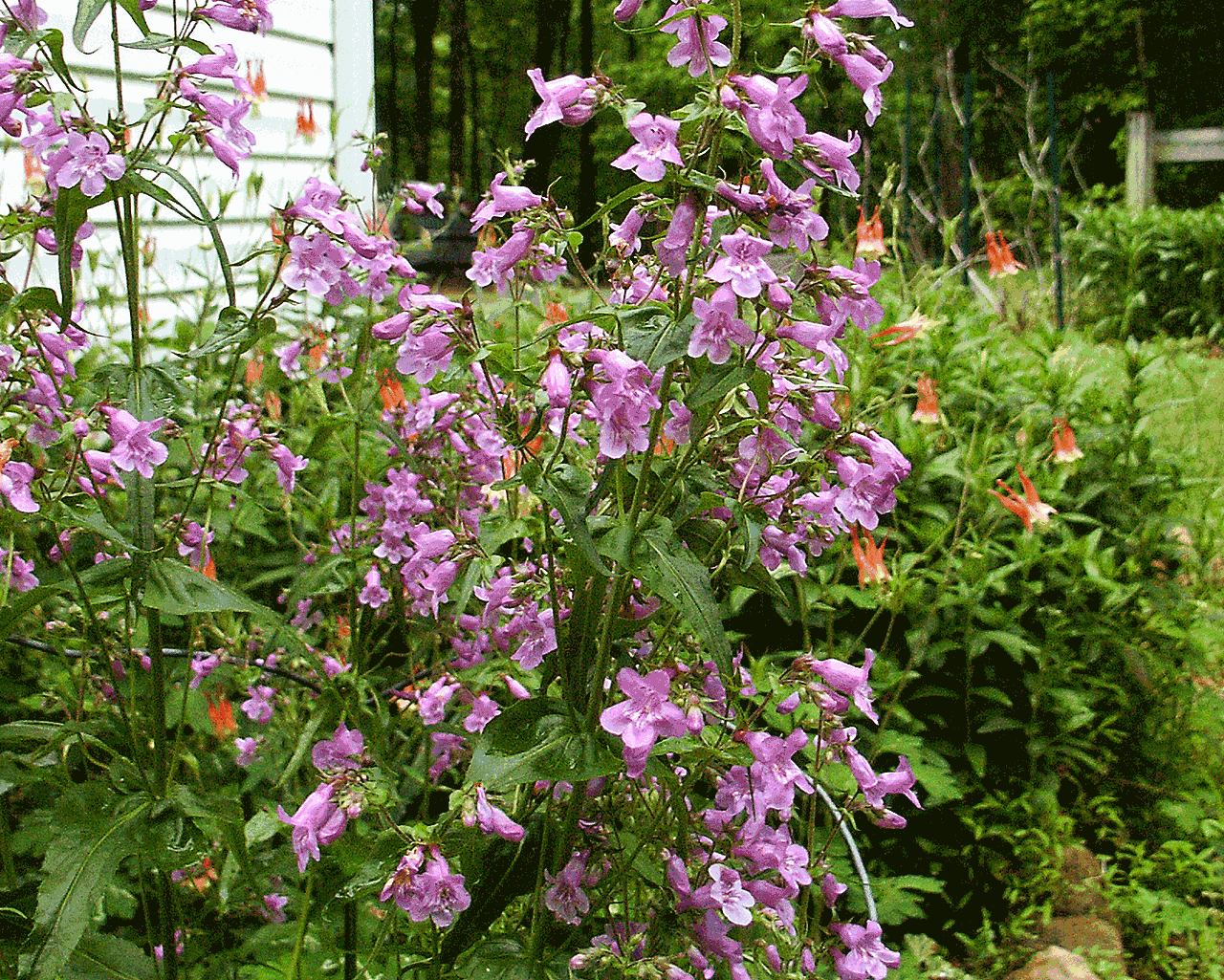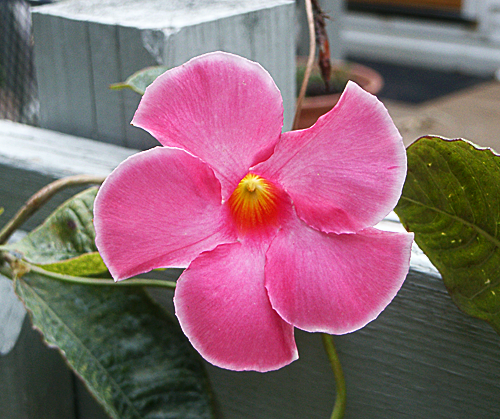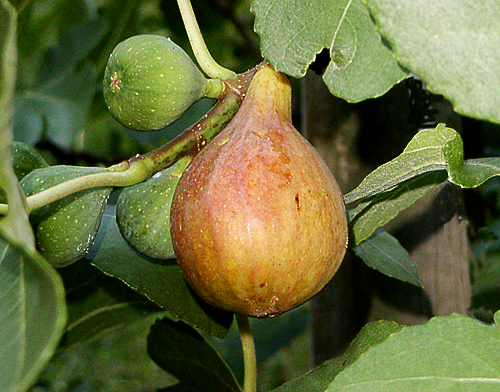Top-Set Onions
I recently received a gift of some top-set onions. Top-set onions are onions that create the onion sets at the top of the scapes. The scape will fall over when the set matures, allowing it to contact the soil and start a new onion. Once you start a bed of top set onions, they will continue to propagate in this manner and you will have onions for as long as you maintain the bed.
Since these onions would be planted in a permanent bed, I did not want to plant them in the vegetable garden. I finally decided to plant them beside the orchard in the back garden. The soil in that particular area is red clay so I mixed a lot of decayed compost into the clay to loosen the clay and to add organic matter. Adding the compost to the soil also built the soil to a higher level. Once I had the compost and clay well mixed, I hunted the property to locate some stones for a quick border. The finished bed measured inside the border was approximately 124.5 cm (49 in) by 68.5 cm (27 in).
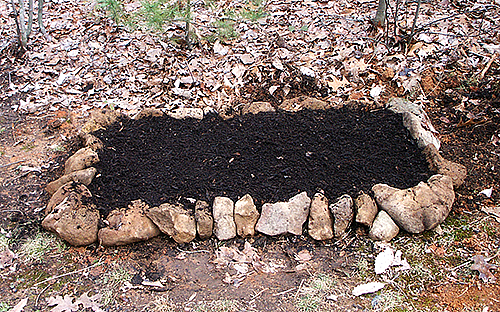 The Finished Bed |
Once the bed is completed, planting the onions is very easy. I simply used a stick broken to a convenient length to make a hole in the soil. Once the hole has been made, you gently push the onion into the soil. Push the soil back around the onion and continue to the next until you have planted all the onions. Once you have all the onions planted, water the bed making sure you have soaked it thoroughly.
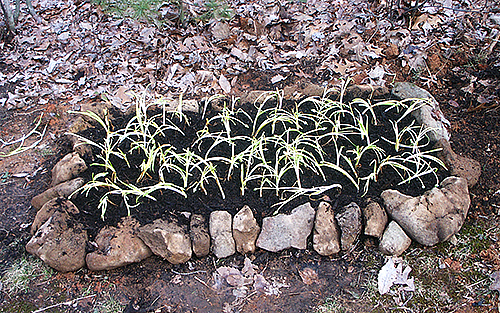 The Finished Bed Planted With Onions |
In no time at all you will be enjoying these delicious little onions. They can be eaten raw, added to cooked dishes, diced and added to salads, dehydrated and stored for later use, they are a great addition to soups; the possibilities are only limited by your culinary skills.
